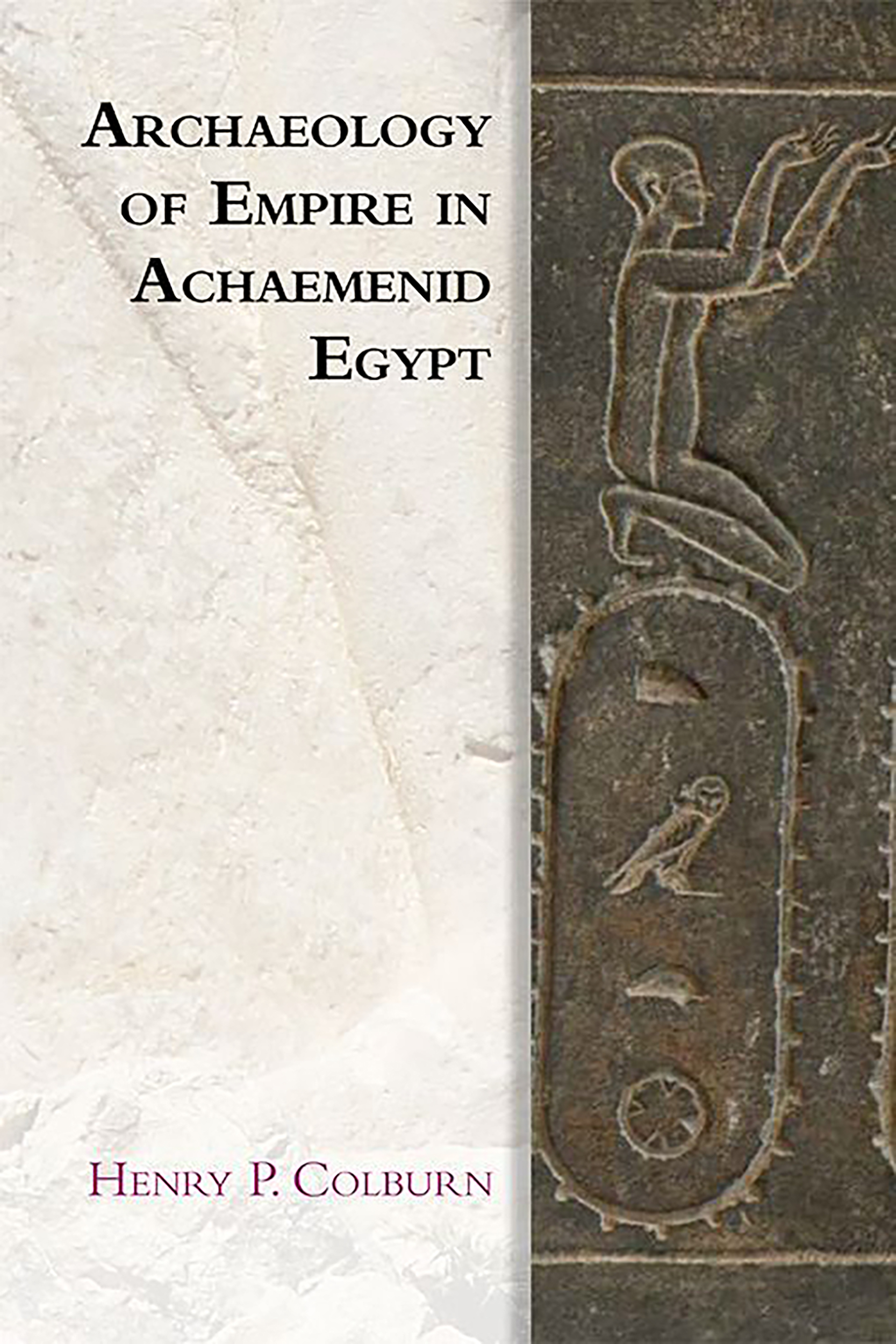
Archaeology of Empire in Achaemenid Egypt
Kyle Pakka
Henry P. Colburn
Edinburgh UP, 2020
Coming on the heels of ancient Egypt’s zenith of power in the New Kingdom period and before the arrival of Alexander in 332 BCE, the era of Achaemenid Persian rule (526–404 BCE), has traditionally been viewed by scholars as either a period of oppression by foreign invaders or an insignificant blip in the long pageant of Egyptian history. Henry P. Colburn, a Fellow in Ancient Near Eastern Art at the Metropolitan Museum in New York, surveys the material evidence—temples, tombs, irrigation works, statues, stelae, drinking vessels and coins—to create a more nuanced portrait of the age. Achaemenid Egypt was the Egypt known to Herodotus (c. 484–c. 425 BCE) and other Classical Greek writers and, as Colburn posits, was “a major feature of the intellectual, cultural, economic and political landscape of the Mediterranean and wider Near East.” Serious devotees of Egyptian history, rather than casual fans, will enjoy Colburn’s meticulous research and appreciate seeing this overlooked period in a new light.
You may also be interested in...

Children's Book Offers Lessons for Any Age
Change is hard, and there are few bigger changes to contend with than that of moving thousands of kilometers away to a different country.
Book Deconstructs Myth Surrounding Egypt’s Most-Famous Boy King
Egyptologist Aidan Dodson sifts the evidence—from tomb paintings to statuary to temple inscriptions—in his quest to recover the real King Tutankhamun.
Untold Stories of British Muslim Women as Agents of Change
Sociologist Sariya Cheruvallil-Contractor and historian Jamie Gilham present 100 years of Muslim women who have contributed to the dynamism of Islam in Britain.